Recently I was told that hundreds of people at our universities are using these webpages. Please note they were originally prepared as simple social studies and music aids for 10 to 14-year old school students, although more detail has been added in recent years.
The main weakness of these pages is my lack of fluency with colloquial Maori in making my translations. So your suggested improvements are always welcome. Email me. There are also very few sources referenced. See below.
I have tried to compensate by spending making a wide variety of searches in preparing each page, using Google, NZETC, Papers Past, Niupepa, Tregear, Te Mara Reo, Austronesian Database, Nga Moteatea, Williams' Dictionary and many other databases and books. For some compositions, I have made hundreds of searches over several months. But please remember my poor grammatical skills.
At Mangamahu School in the 1940s (roll of 12 to 16), us Pakeha kids learnt Pokarekare, Hoki Mai and Me He Manu Rere in the weekly “Music Broadcasts to Schools” music lessons, but I've never learnt how to speak much Maori.
Nor can I speak much Latin or French, but being taught these languages for 5 years at high school in the 1950s gave me the basics of translating any written language, without me realizing that at the time.
Then 15 years later, as a Marist Brother teaching Maths and Biology in Suva, I spent a week or so for several years during the school holidays walking in to remote villages in the interior Ra highlands, where I learnt to speak basic Fijian, and thus I became familiar with the common grammar of all Pacific languages, including Te Reo.
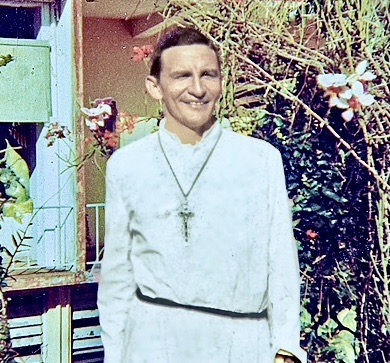 |
 |
I
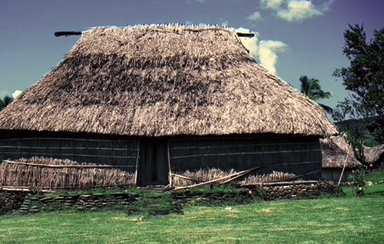 also experienced the daily lifestyle of pre-European Pacific people,
living in thatched bures of
an age-old design, and I learnt to sing a lot of songs in
Vosa Vaka Viti. Once we
sang in relays nonstop for 2½ days. The village guitar had only two
unbroken strings at the end.
also experienced the daily lifestyle of pre-European Pacific people,
living in thatched bures of
an age-old design, and I learnt to sing a lot of songs in
Vosa Vaka Viti. Once we
sang in relays nonstop for 2½ days. The village guitar had only two
unbroken strings at the end. In 1973 my superiors moved me back to teach in Marist high schools in New Zealand, and in 1979 I left the Marist Brothers. I had been a kid brought up in a close-knit Pakeha community in the steep hill-country behind Whanganui, and I became burnt-out from being used as a robot teaching machine, endlessly shifted to teach different subjects, including Social Studies, to different age groups in an alienating series of big-city locations where no one really knew or cared about me.
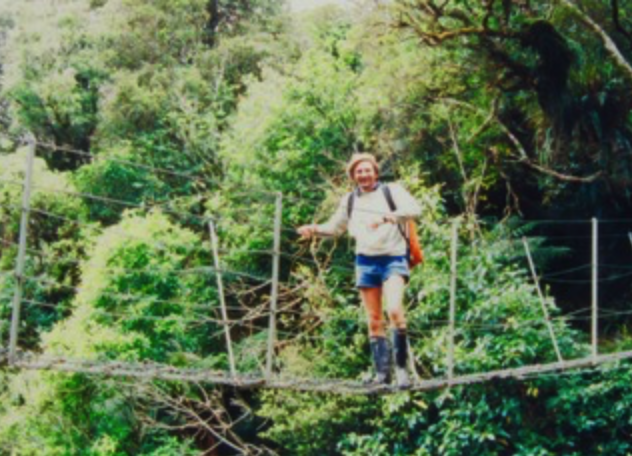 After
I left, I became a Botany field technician at Massey. I joined the
local Folk Club and took up singing rural Kiwi folk songs about
shearing, hay-making, topdressing, gold-panning, coal-mining,
duck-shooting, whaling.
After
I left, I became a Botany field technician at Massey. I joined the
local Folk Club and took up singing rural Kiwi folk songs about
shearing, hay-making, topdressing, gold-panning, coal-mining,
duck-shooting, whaling. These helped me to re-connect with my community and find my sense of identity again. I wrote Thompson's Bus back then. (although this video was made 25 years later.)
 In
1998 I started the NZ Folksong website to help other alienated rural
Pakeha who had joined the soul-destroying drift to the cities. I
added simple paragraphs about the social and historic background of
each rural song, and wrote notes about any unusual words in a song.
In
1998 I started the NZ Folksong website to help other alienated rural
Pakeha who had joined the soul-destroying drift to the cities. I
added simple paragraphs about the social and historic background of
each rural song, and wrote notes about any unusual words in a song.In Europe, Kiri Te Kanawa had put out CDs, Kiri Sings Verdi, Kiri Sings Pucccini… and in 1999 Kiri Maori Songs. So I started getting requests from baffled French and German opera fans asking about “zeese New Zealand folk songs, si vous plait?”
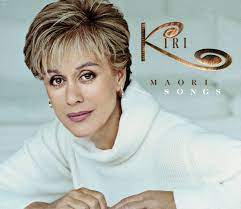 I
only had my 1940s Broadcasts to Schools experience, but Pokarekare
and Ka Mate and E Ihoa Atua were well known to
Pakeha, and my Marist Brothers training of teaching whatever I was
asked to teach kicked in.
I
only had my 1940s Broadcasts to Schools experience, but Pokarekare
and Ka Mate and E Ihoa Atua were well known to
Pakeha, and my Marist Brothers training of teaching whatever I was
asked to teach kicked in.I wrote to the National Library, and its lovely librarians sent me stacks of photocopied pages about Pokarekare, Hoea Hoea Ra etc. I used these to make online school lessons about those songs, at the 10-14 age level that I had prepared social studies lessons for some 35 years previously.
Then Maori ladies
 started
emailing me, asking for other pages about waiata well-known to them
- but not to me! Fortunately the Wanganui library had a copy of Toby
Rikihana’s cyclostyled Waiata
Maori with 270 songs well-known to Maori, plus his
translations. So I would carefully re-type the kupu and the
translation, and sometimes find a bit more about the song at the
library.
started
emailing me, asking for other pages about waiata well-known to them
- but not to me! Fortunately the Wanganui library had a copy of Toby
Rikihana’s cyclostyled Waiata
Maori with 270 songs well-known to Maori, plus his
translations. So I would carefully re-type the kupu and the
translation, and sometimes find a bit more about the song at the
library. Maori schoolgirls then emailed me for pages about popular new waiata. But they sent me only the first two or three lines of the Maori and there were no translation anywhere! Ka Pioioi was one of those.
Fortunately Google Search had arrived, and it was memorising Bebo's
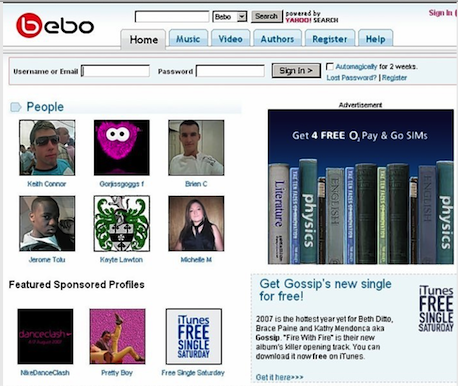 social
media pages by then, (remember
bebo?)
and on that site were all the Maori words I needed. I also
bought a copy of Williams’ Dictionary, and with my Latin/Fijian
training and lots of thumbing, I derived translations that made
sense.
social
media pages by then, (remember
bebo?)
and on that site were all the Maori words I needed. I also
bought a copy of Williams’ Dictionary, and with my Latin/Fijian
training and lots of thumbing, I derived translations that made
sense. I started collecting every every Maori songbook from the 20th century I could lay my hands on (My Maori Songbooks) and compared the same song from different decades. Eventually I tired of songs that used much the same words and told much the same sad story about an absentee loved one.(often sung at full volume by a group of 40-odd men and women!)
So I started making webpages about moteatea. As a puzzle-solver and story-teller, I found their archaic words were far more challenging and their varied stories much more satisfying.
 Pinepine
Te Kura set the gold standard for me, with Te
Kooti’s variant the jewel on the crown. Pinepine has enough
side stories for an entire University lecture course - complete with
practicals on ongaonga, fire-starting, organic gardening,
reef-fishing and re-birthing! When I finally acquired a set of
Ngata's Nga Moteatea, I had found my El Dorado!
Pinepine
Te Kura set the gold standard for me, with Te
Kooti’s variant the jewel on the crown. Pinepine has enough
side stories for an entire University lecture course - complete with
practicals on ongaonga, fire-starting, organic gardening,
reef-fishing and re-birthing! When I finally acquired a set of
Ngata's Nga Moteatea, I had found my El Dorado!In the past couple of decades, more and more of the Alexander Turnbull Library's precious 1840s-1920s books full of Maori cultural stories and chants have been being scanned and published online, and old Maori newspapers, journals and letters as well. Te Aka dictionary has also appeared; an online version of the Williams Dictionary that enables me to do translations a lot faster.
I made a single webpage for all those sources' search boxes to speed up my work when I was studying a composition. I could quickly copy and paste one of its words or phrases into Google or NZETC or Papers Past, and they would often find two or three much older moteatea where the phrase was taken from, as I did with the Black Ferns’ haka.
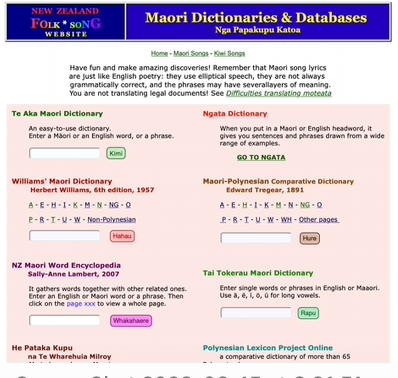 Sometimes
when an old word in a moteatea was not in any Maori dictionary, I
would go looking for clues in the Polynesian word-finders I also
have there.
Sometimes
when an old word in a moteatea was not in any Maori dictionary, I
would go looking for clues in the Polynesian word-finders I also
have there.
It is very easy to search for the meaning of a quotation. An example of how I used this search page to improve my translation of Toi Tu Te Hoe is here.
Your students could do this with words and phrases in dozens more waiata and newer moteatea. I was especially successful using this method when I spent all of 2010 researching my thesis on The Ancient Origins of Ka Mate, and the various Kikiki derivatives of it. Fifty years ago, a learned old man in Ra had taught me an ancient Fijian version of Ka Mate's opening phrase.
"Sa
mate na kau Ra, sa bula na kau Ra!"
Ka Mate was the only ancient moteatea where I used the fully-referenced academic format when presenting my research, with citations for all my sources. However, no New Zealand academic or Maori groups have ever acknowledged it, and they still repeat the fiction invented by rugby journalists in the 1960s that the chant used by Te Rauparaha was “composed” by him. Consequently I don’t bother with citations any more.
I’m quite happy for any University student or academic to quote from my web pages, which are mostly written in simple declarative sentences for those with 10-14 y.o. comprehension skills, with no academic 'perhaps', 'although', 'however' or 'it would seem.” But I would suggest that you check my translations for grammatical accuracy, and please, acknowledge my findings.
In 2007, a lecturer at the Victoria University of Wellington School of Music published a paper in the Journal of Folklore Research Vol. 44, No. 2/3. "Pokarekare": An Overlooked New Zealand Folksong?" He lifted most of his material from a letter I wrote to the Listener that summarised several months of unpaid research I did for this website in 2001, both at home and by visiting the National Library. However, he acknowledged none of my work; neither at the conference where we both presented papers, nor in his printed paper.
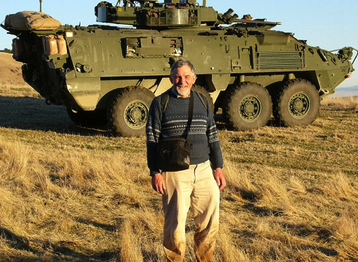 At
that time we were in Waiouru where I had been given a
semi-retirement job of journalist for the “Army News”. A lot of its
stories were based on meetings at the Ngati Tūmatauenga marae there,
and I became more proficient with the Maori language and very
familiar with Maori culture, especially when the meeting house
carvings were found to be rotting and had to be re-carved by
master-carvers.
At
that time we were in Waiouru where I had been given a
semi-retirement job of journalist for the “Army News”. A lot of its
stories were based on meetings at the Ngati Tūmatauenga marae there,
and I became more proficient with the Maori language and very
familiar with Maori culture, especially when the meeting house
carvings were found to be rotting and had to be re-carved by
master-carvers.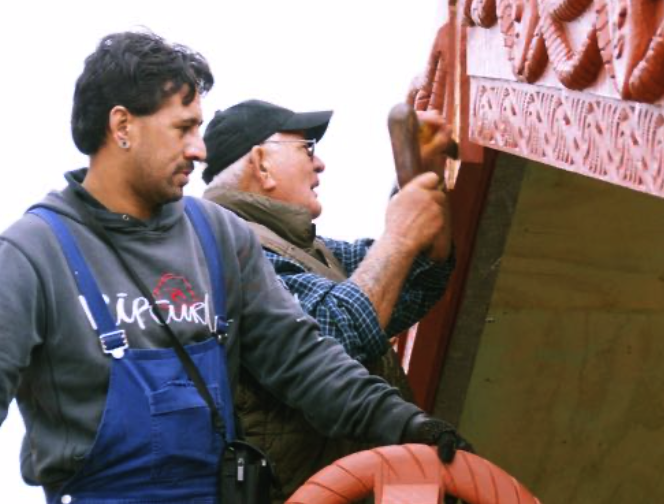 |
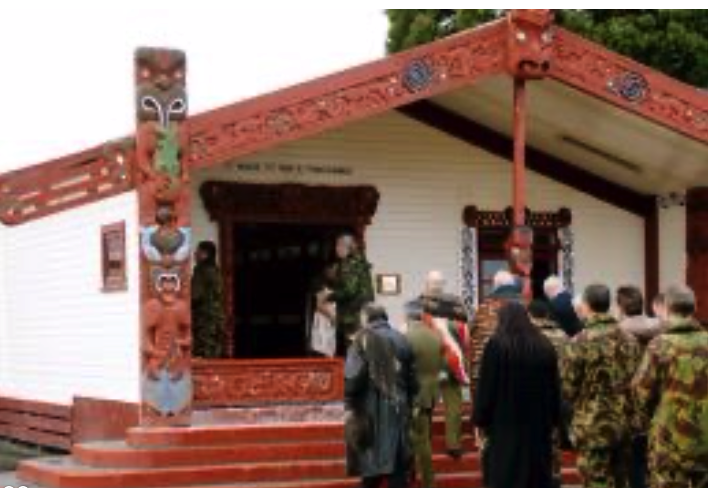 |
The army's library staff at Waiouru were also able to interloan many obscure books for me, at no cost.
I'm pleased that hundreds of university staff and students are using my online high-school classroom lessons about the old waiata and moteatea. However there are probably mistakes in some of my conclusions, and in the grammar of my translations, just as I have found glaring mistakes in lots of other translators’ work.
The translations of John White, Percy Smith and Pei Hurinui have many errors. They had too many hundreds of obscure texts to translate, without enough time to go back and proof-read their work. Have a look at their translations near the bottom of this webpage.
The transcription of original Maori verses has been a bit rough in past times too. Have a look at the bottom of this page.
Incidentally, there was (and still is?) an especially bad translation of Whakataka Te Hau that Google located for me on a dozen or so university and Maori websites.
"May
the winds from the
west and south cease (?).
Let light breezes blow over (?) the land and sea.
Let the red-tipped dawn come with a sharpened air (?),
a touch (?) of frost, a promise of a glorious day.(?)
Let light breezes blow over (?) the land and sea.
Let the red-tipped dawn come with a sharpened air (?),
a touch (?) of frost, a promise of a glorious day.(?)
Āhahā! That monstrosity was copied and pasted many times, without any thought, from a romanticised rehash of Pei Hurinui’s bad-day translation of a Tainui variant of the original Ngai Tahu moteatea, Tua Tua.
I would love to see an accurate translation of that karakia on academic websites. Before I published my translation, I used a dictionary for every Maori word in the wonderful moteatea from which that karakia came from. (Poaka in the text is the navigational star Rigel, not a pig).
I do think more academic effort needs to go into the study of the Polynesian language as a unity. Maori, Rarotongan, Hawaiian, Tahitian, Samoan, Mangarevan, Marquesan, Tongan etc are really all dialects of the same mother language. It seems the British colonists encouraged the idea of different languages as a divide-and-rule strategy.
Here at Ohakune, I dress up as Gandalf to please young Europeans who come to visit “Middle Earth,” but at times I do feel more like the Wizard of Oz, who was seen as a great oracle that people visited from afar to seek advice, but who turned out to be just a conman from Omaha, Nebraska, who had learned some magic tricks.
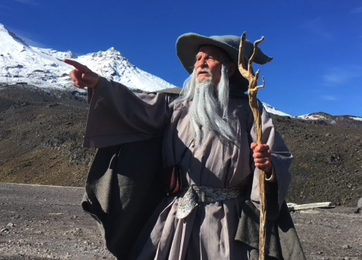
The
Wizard of Enz, from Omahakune, Ruapehu.
About 900,000 visits are made to the NZFS website each year. 85% of visits to it are from NZ (65% female, especially in Auckland), 9% Australia, 2% USA, 1% Great Britain, and the rest from about a hundred other countries.
I seem to have become a sort of “Old Auntie Kuini back home at the pa” for thousands of Maori who have joined the drift to cities worldwide, keeping them all from becoming isolated and alienated.

Here are visits made in 2022.




